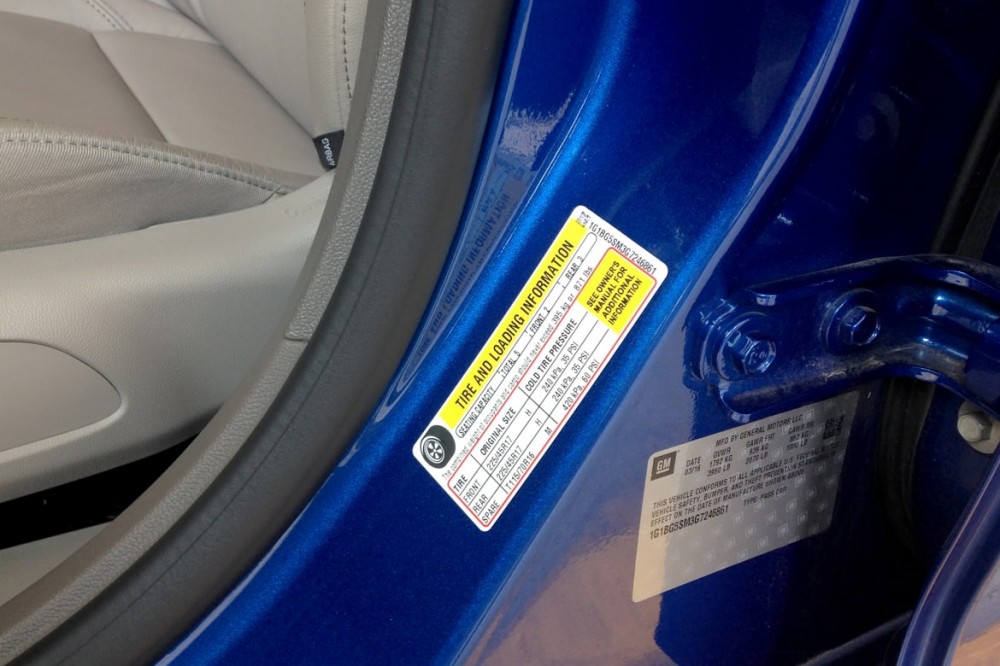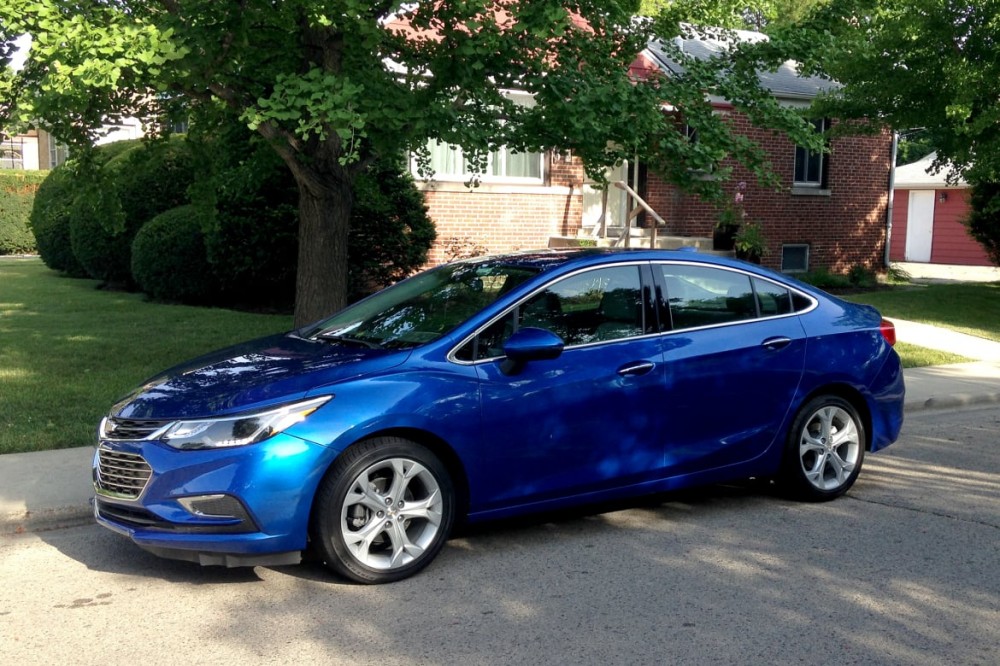CARS.COM — Temperatures this June hit higher than average on all but three days in parts of the U.S., according to the National Weather Service and The Weather Channel, and this pattern is expected to continue throughout the summer. How can you help your car beat the heat? Here are some tips to keep your car — and your passengers — cool and protected.
Related: Car Maintenance 101
Maintenance
Regular maintenance is key to helping your car survive a hot summer. Start under the hood. Look for battery corrosion, as the heat raises the internal temperature of the battery and speeds up corrosion on the terminals. According to research by Interstate Batteries, more than 30 percent of vehicles with batteries 3 years or older experience battery failure, so get older batteries tested by a technician.
Check your vehicle’s fluid levels, particularly the engine oil and coolant. You’ll also want to inspect coolant hoses for wear and tear and look for leaks, which typically develop near hose clamps, the radiator and the water pump. Other levels to check include brake, transmission and power-steering fluids. Taking care of routine maintenance before a trip is a good way to avoid becoming one of the travelers this summer who will need to have their broken-down car towed for repairs, as AAA estimated 3.5 million needed in 2013.
Tires
Driving with properly inflated tires will help reduce the risk of tire blowouts and lengthen their life. An under-inflated tire generates more heat, which adds to already-hot summer temperatures and causes them to wear out quicker.
Consumer Reports and heat transfer experts C, G, & J Inc. recommend checking your vehicle’s tire pressure in the morning or when the tires have been sitting for more than three hours, as tire pressure recommendations are based on the tires being “cold.” Tire pressure can change 1 pound per square inch for every 10-degree change in air temperature. So if the temperature rises 30 degrees during the day, the tire pressure will increase 3 psi.
Keep tires inflated to the vehicle manufacturer’s recommended level, which is located on the tire information sticker on the driver’s doorjamb or in the owner’s manual. Make sure to check the tire pressure at least monthly, if not more often, as tires tend to lose 1 psi per month.

Air Flow
It’s hard for most of us to imagine driving around in the heat without air conditioning. To keep that cold air pumping through a heatwave, make sure there is enough refrigerant in your car’s air-conditioning system. A technician will be able to tell if there’s a leak in the system.
Leaving windows cracked or vents opened will also allow hot air to escape, according to sustainable chemistry corporation BASF, and if time isn’t a factor, opening all the doors to let more heat out is recommended before entering your car.
Keep the Cabin Cool
Leather and vinyl seats can get really hot — even when parked in the shade. I recently got into my SUV dressed in shorts and quickly remembered how hot seats can get. Parking in the shade will help keep the cabin cooler, but to keep the parts of the car you come in contact with from getting too hot, BASF suggests draping towels on the seats and steering wheel.

It may seem obvious to park in the shade on a hot day, but this does more for your vehicle than just keep it cooler for your return. Parking in the shade helps preserve the color of the upholstery and the appearance of trim pieces, and a cooler cabin also means less work for the air-conditioning system when you’re ready to drive again.
If parking fully in the shade isn’t an option, try to position the front of the car away from the sun to keep the front seats and steering wheel cooler. Some cars have rear sunshades that can be pulled up when needed, but an accessory windshield shade can also help keep the cabin cooler when parked. Another viable option is car window tinting. Some states have laws limiting how dark the window tinting can be so you need to comply with those regulations.








